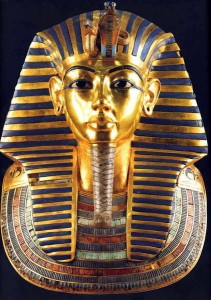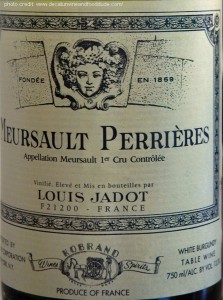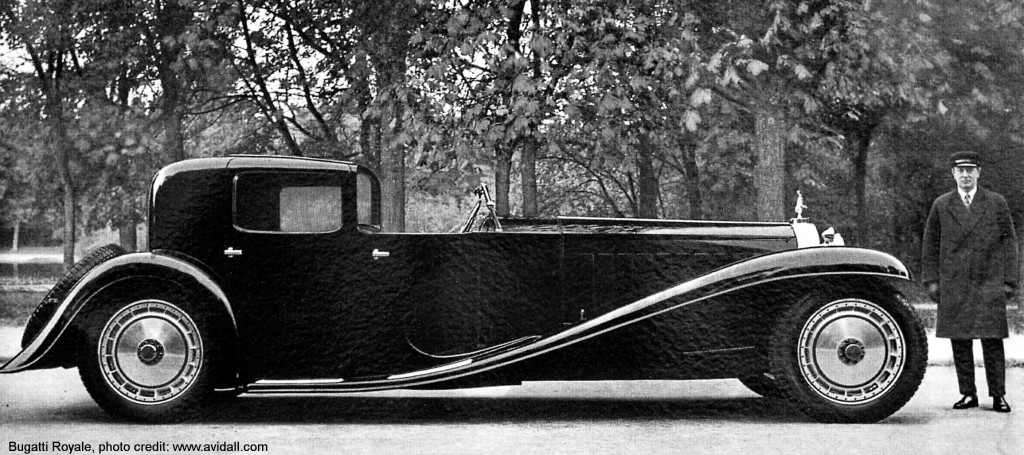xxx
We challenge our French Wine Loving Friends to a Duel at Dawn
‘I never buy wines that cost less than $100,’ said my friend Paul. ‘With French wines,’ I shot back, ‘that’s the minimum you have to spend to get a decent bottle. With Aussies, there’s no need to spend more than $20.’
That’s how this challenge came about. Paul let out a derisory laugh. I said, ‘Let’s put some bottles on the table with their fancy labels covered up, and see what’s what.’ Paul’s friend Jeffrey thought it was a great idea, and he’s much more reliable. I suspect Paul goes to too many tastings these days, judging by his Delphic utterances and cryptic emails. Jeffrey also has a cellar full of Frog Grog, but I get lucid emails from him even around midnight.
Why are they Stalling?
 Some of my wine friends go back to the days of Len Evans and Bulletin Place, not just Paul and Jeffrey. They have cellars that match the tomb of Tutankhamen in the value of their contents. I have to add that my friends are generous to a fault when it comes to sharing their prized collections.
Some of my wine friends go back to the days of Len Evans and Bulletin Place, not just Paul and Jeffrey. They have cellars that match the tomb of Tutankhamen in the value of their contents. I have to add that my friends are generous to a fault when it comes to sharing their prized collections.
That doesn’t mean they’re not wine snobs, and it doesn’t mean they play straight either. In the space of 3 months I’ve been unable to get them to agree on a date for the event, or a venue.
Why are they stalling? Are they afraid of the outcome? Do they fear the awful truth? That they’re wasting money on fancy labels that occasionally produce fine wines – when the vintage weather is perfect, the wine maker in the right mood, and the winery free from nasty bacteria?
Mortal Dramas on Mount Olympus
Do they have to sift through their samples to weed out the duds first? Duds, I hear you ask, in wines that cost $100 a bottle and more? ‘Over the last eight years or so,’ Jancis Robinson announced in 2009, ‘it has become apparent that fine white burgundy, the sort of wine that costs hundreds and sometimes thousands of pounds a dozen, has a serious problem.’
 The culprit was Premox, short for the premature oxidation that was turning many bottles of really fine white Burgundy in cellars around the world into really ordinary sherry. Up to 1 in 4. At the conclusion of a tasting of top Aussie Chardonnays, Decanter panellist Pierre Mansour declared: ‘… with the [premature oxidation] issues [white] Burgundy has had in recent years, I’d urge Decanter readers to look to Australia – these wines are brilliant.’
The culprit was Premox, short for the premature oxidation that was turning many bottles of really fine white Burgundy in cellars around the world into really ordinary sherry. Up to 1 in 4. At the conclusion of a tasting of top Aussie Chardonnays, Decanter panellist Pierre Mansour declared: ‘… with the [premature oxidation] issues [white] Burgundy has had in recent years, I’d urge Decanter readers to look to Australia – these wines are brilliant.’
In 2014, Jane Anson in a Decanter Magazine piece asked: ‘Premox: has the crisis moved to red wine?’ The top Bordeaux reds that gave rise to this question were from 2003, a hot vintage.
Bordeaux experienced more of these in the last 10 years, and by 2010 had declared 3 ‘vintages of the century.’ On the sidelines towered Robert Parker, urging Bordeaux proprietors to pick ever later and make riper reds. This advice could have serious consequences over the next decade. ‘I have seen issues with a number of expensive, classified wines that are potentially storing up trouble for later,’ Professor Denis Dubourdieu at the Institute of Oenology (IS VV) in Bordeaux told Jane Anson.
Am I clutching at Straws?
Of course I am. None of the Chardonnays the Decanter panel raved about costs anywhere near $20, and let’s be honest: a good Bordeaux red is a beautiful thing not easily undone by a wild colonial boy. It’s much the same with a good white Burgundy. Red Burgundies are a better chance since they make more promises than politicians during an election campaign, and break them more often. My problem is that I don’t know my way around these wines any more. I gave up buying them back in the nineties, when the quality was a lucky dip, and the prices just kept going up and up.
 Our opponents will cheat. They’ll bring along a first growth Chassagne-Montrachet and tell me they bought it for $100 en primeur. They’ll produce an obscure but great Pomerol I’ve never heard of and tell me that it’s a $100 village wine, knowing that I’ll never know the difference. What can I do?
Our opponents will cheat. They’ll bring along a first growth Chassagne-Montrachet and tell me they bought it for $100 en primeur. They’ll produce an obscure but great Pomerol I’ve never heard of and tell me that it’s a $100 village wine, knowing that I’ll never know the difference. What can I do?
I could do the same, because they’ll never know how much the wines I bring along are. I might just stretch the $ limit to $25. Even if I went as high as $30 or $35, the fact that affordable Aussie wines beat the stuffing out of those Frenchies will be undeniable.
What wine styles are we comparing?
I’m thinking red and white Bordeaux, red Rhone and white Burgundy. Cabernet blends, Semillon Sauvignon Blanc, Chardonnay, Shiraz & Shiraz blends. I think about 10 – 12 wines on each side should be enough to decide the contest, 20 – 24 in total. Age is an issue too. I don’t want to compare wines that have just been bottled. Wines that are around 5 to 7 years old make a lot more sense because their qualities will have had a little time to unfold.
So what I’m going to do now is publish this post in an effort to shame the other side into action, to stop them stalling and get this challenge off the ground at long last.
Kim